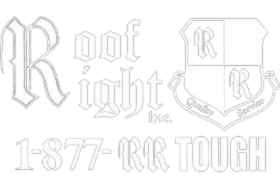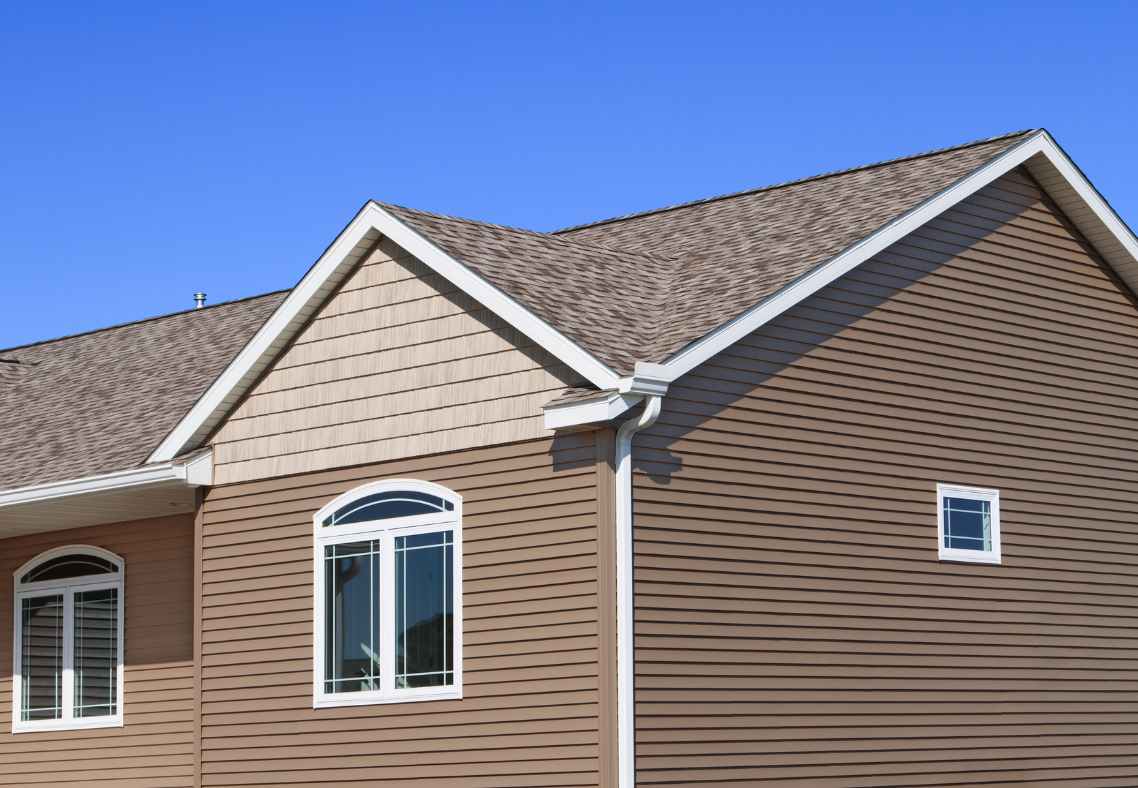How To Identify Asbestos Siding On Your Home
Roof Right: Exterior Home Remodeling Specialists in Maryland Contact UsSchedule A Free EstimateAs a homeowner in Carroll County, Maryland, maintaining your home’s safety and structural integrity is crucial. One often overlooked aspect is the presence of asbestos siding. Once a popular material due to its durability and fire-resistant properties, asbestos can pose serious health risks if disturbed. Identifying asbestos siding on your home is essential to ensure the safety of your household. This guide will explore how to identify asbestos siding, the dangers it poses, and the necessary steps if you find asbestos on your property.
Answering The Question: How To Identify Asbestos Siding On Your Home?
Types of Asbestos Siding
Understanding the types of asbestos commonly found in building materials can help in identifying potential asbestos siding on your home. Some of the most popular forms of asbestos used in house siding include:
- Actinolite: Featured in sealants, paints, and asbestos insulation, actinolite can also be mixed with cement. It is usually white or gray but can also appear yellow or green.
- Amosite: Known for its coarse texture, amosite is typically brown, gold, or black.
- Chrysotile: The most frequently used type of asbestos in siding materials, chrysotile, is grayish-white and brittle to the touch.
- Crocidolite: Less common due to its higher cost, crocidolite has a distinctive blue tone and a silky texture.
- Tremolite: Often used in fabric construction materials, roofing, and plumbing parts, tremolite ranges in color from white to dark green.
How to Identify Asbestos Siding
Identifying asbestos siding can be challenging and potentially hazardous. While the only definitive way to confirm asbestos is through professional testing, there are several indicators you can look for.
Appearance
Asbestos fibers are tiny and often invisible to the naked eye, especially when mixed with cement or paint. Look for a wavy pattern on the bottom edge of the siding material, which may suggest asbestos. Additionally, check the back of siding shingles for manufacturing codes that can help determine the age and origin of the material.
Home Age
Homes built between 1940 and 1970 are more likely to contain asbestos. If your home was constructed during this period and retains its original features, there is a significant chance it has asbestos siding.
Professional Inspection
The most reliable method to identify asbestos siding is through a professional inspection. Experts can conduct tests using techniques like polarized light microscopy to confirm the presence of asbestos.
Is Asbestos Siding Dangerous?
Asbestos siding is not inherently dangerous if it remains intact and undisturbed. However, it becomes a health hazard when damaged, as it can release microscopic fibers into the air. These fibers, when inhaled, can cause serious health issues.
Asbestos siding becomes dangerous under several conditions:
- Aging: Asbestos siding can last over 50 years but may eventually crack or crumble, releasing harmful fibers.
- Maintenance and Repairs: Drilling, sanding, sawing, or power washing can disturb asbestos siding, releasing fibers.
- Replacement: The demolition and removal of asbestos siding are particularly hazardous, as they can release large amounts of fibers into the air.
Health Risks of Asbestos Exposure
Exposure to asbestos fibers can lead to several severe health conditions, including:
- Asbestosis: Caused by long-term exposure, it results in inflammation and scarring of lung tissue. Symptoms include shortness of breath, difficulty breathing, and persistent coughing.
- Lung Cancer: Asbestos is a known carcinogen, and the risk increases exponentially if you are also a smoker.
- Mesothelioma: An aggressive form of cancer affecting the lining of the lungs and heart, directly linked to asbestos exposure.
If you suspect that your siding contains asbestos, it is crucial not to attempt removal yourself. Instead, contact a qualified asbestos abatement professional to discuss removal options and ensure the process is safe.
Should Asbestos Siding Be Removed?
Deciding whether to remove asbestos siding depends on its condition and your plans for your home. If the asbestos siding is undamaged and unlikely to be disturbed, you can leave it in place. Regularly inspect the siding for any signs of damage while wearing appropriate safety equipment. If you plan to renovate your home’s exterior or if the siding is cracked, crumbling, or easily releases fibers, removal is necessary. An asbestos-removal professional can help you determine whether to install new siding or leave the existing material.
Benefits of Removing Asbestos Siding
Removing asbestos siding can have several advantages:
- Eliminates Health Risks: Removal eliminates potential future health hazards.
- Increases Property Value: Homes without asbestos siding are more attractive to buyers and can command higher prices.
- Peace of Mind: Knowing that your home is free from asbestos can be comforting and reduce anxiety.
Drawbacks of Removing Asbestos Siding
Despite the benefits, there are significant drawbacks to removing asbestos siding:
- Disruption: The removal process is disruptive, loud, and can be dangerous. You may need to temporarily relocate during the removal process.
- Health Risks: The removal process can release asbestos fibers into the air, posing health risks. Always hire professional, qualified contractors to minimize exposure.
- Cost: Asbestos removal is expensive and complex, often costing between $50 and $150 per square foot. It requires specialized equipment and trained personnel to safely remove and dispose of the material.
Contact Roof Right For Siding Replacements In Carroll County, Maryland
If you suspect that your home in Carroll County, Maryland, has asbestos siding, don’t take risks with your health and safety. Contact Roof Right today for professional siding inspection and replacement services. Our team of experienced professionals is equipped to handle asbestos siding safely and efficiently, ensuring your home is free from this hazardous material.
At Roof Right, we prioritize your safety and satisfaction. Schedule a consultation with us to discuss your siding replacement options. Let us help you improve your home’s safety, value, and curb appeal. Don’t wait—take proactive steps to protect your home and family by reaching out to Roof Right now. Experience the peace of mind that comes with knowing your home is in expert hands.
Areas We Serve
If you're looking for a roof contractor in Maryland, give Roof Right a call today at (410)-374-5923 to schedule an appointment!
Carroll County
Howard County
Clarksville, Columbia, Elkridge, Ellicott City, Fulton, Jessup, Laurel, Woodstock
Montgomery County
Baltimore County
Baldwin, Bradshaw, Carney, Cockeysville, Glen Arm, Hunt Valley, Jacksonville, Kingsville, Lutherville, Nottingham, Overlea, Owings Mills, Parkton, Parkville, Perry Hall, Phoenix, Pikesville, Reisterstown, Sparks, Timonium, Towson, White Marsh

